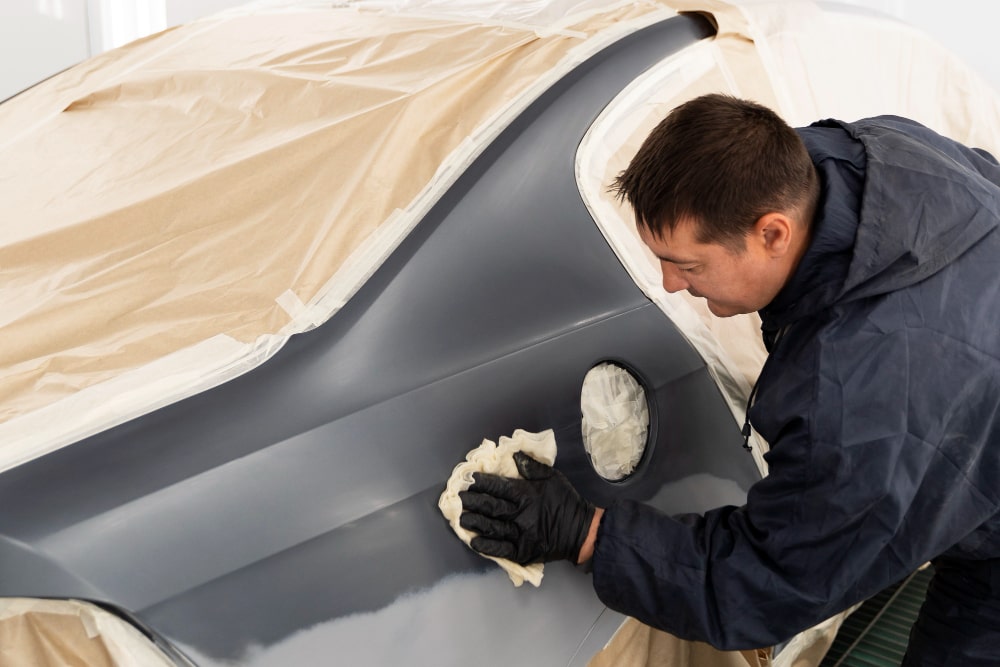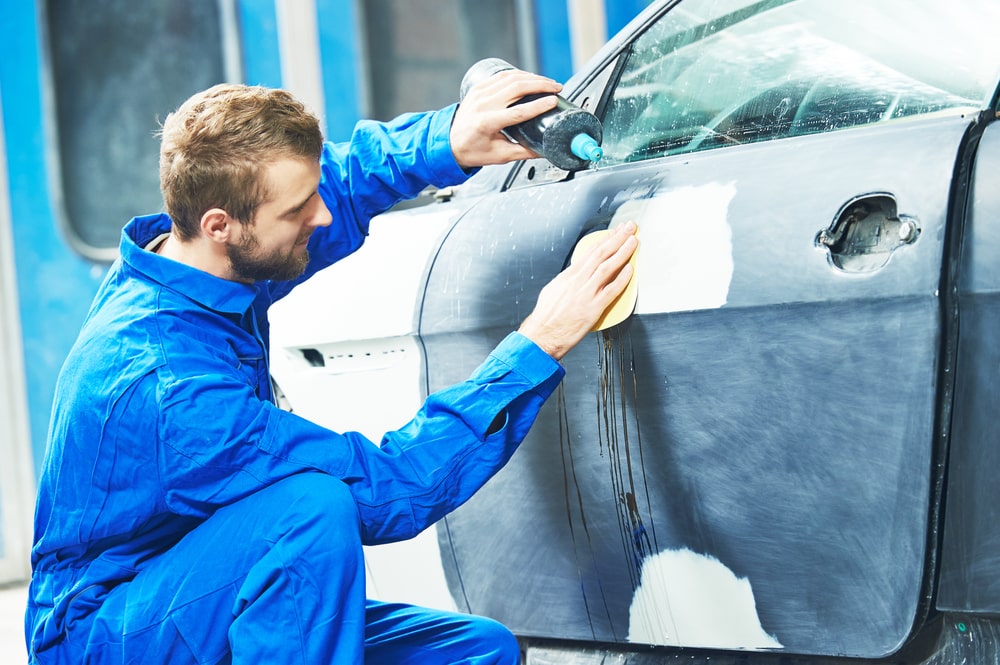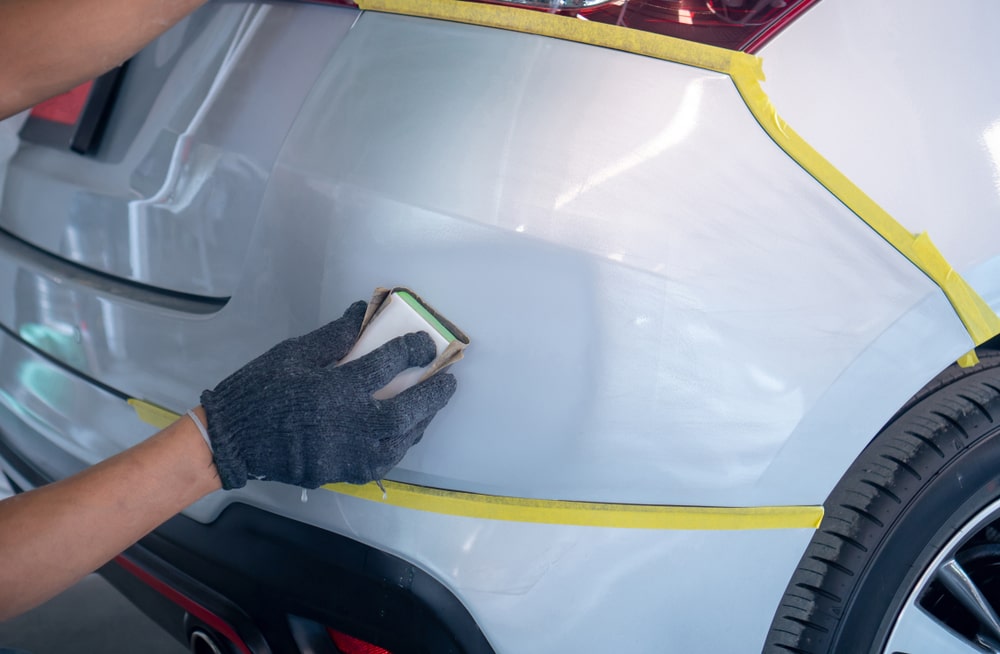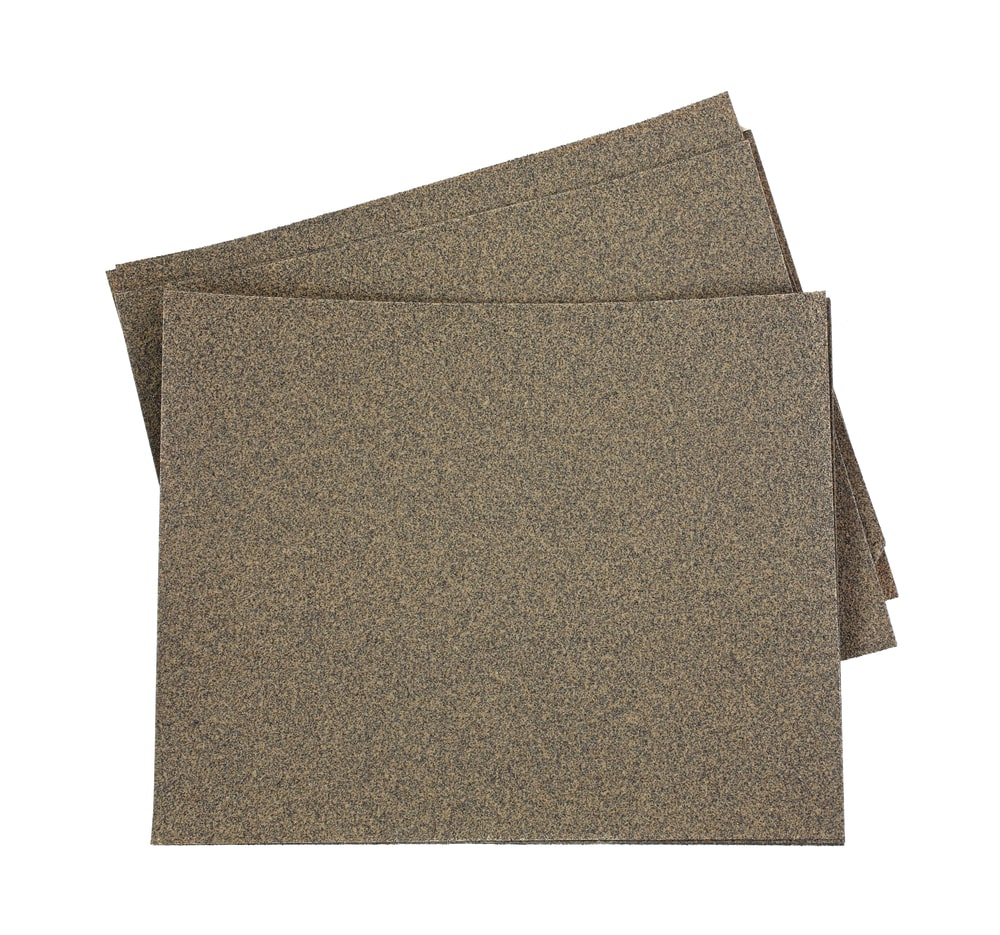How to Sand a Car for Repainting: Latest Tips and Tricks 2024

Are you looking to give your car a fresh new look? Repainting your car can breathe new life into its appearance, but before you can apply a fresh coat of paint, proper preparation is needed. One essential step in the repainting process is sanding. Now first we have to discuss, what is sanding? In this guide, we’ll walk you through the steps involved in sanding a car for repainting, along with the tools and materials you’ll need to get the job done right.
What is Car Sanding?

Car sanding involves using sandpaper to smooth out the surface of your car’s paint, typically in preparation for repairs, repainting, or removing imperfections. It can be used for various purposes, and the specific approach depends on your objective. Here’s a breakdown:
Types of Car Sanding

Wet Sanding
This involves using water with the sandpaper to achieve a smoother finish and remove minor scratches or blemishes. It’s often used for final polishing.
Dry Sanding
This is primarily used for coarser work, like removing old paint, leveling body filler, or prepping for primer.
Steps for Sanding a Car for Repainting

- Gather Necessary Tools and Materials
- Prepare the Work Area
- Clean the Surface
- Begin Sanding
- Continue Sanding with Finer Grits
- Check for Smoothness
- Final Cleaning and Inspection
Tools and Materials Required
Tools
- Orbital Sander or Sanding Block
- Sandpaper (Various Grits: Coarse to Fine)
- Masking Tape
- Plastic Sheeting or Drop Cloth
- Respirator Mask
- Safety Glasses
- Degreaser
- Clean Rags
- Spray Bottle with Water
Materials
- Automotive Primer
- Automotive Paint
- Clear Coat
- Wax and Grease Remover
- Tack Cloth
- Body Filler (if needed)
- Spot Putty (if needed)
Steps to Sand a Car Properly for Repainting

There are multiple steps which must be followed to sand a car properly for repainting and renovation. We describe these steps as following.
Step 1: Gather Necessary Tools and Materials
Before you begin sanding, ensure you have all the required tools and materials on hand. This includes sanders, sandpaper of various grits, masking tape, safety equipment, cleaning supplies, and automotive paint products.
Step 2: Prepare the Work Area
Set up a well-ventilated workspace with adequate lighting. Lay down plastic sheeting or a drop cloth to protect the surrounding area from dust and debris. Ensure there is enough space to maneuver around the car comfortably.
Step 3: Clean the Surface
Before sanding, it’s essential to clean the car’s surface thoroughly. Use a degreaser to remove any dirt, grease, or wax. Wipe down the surface with clean rags and allow it to dry completely.
Step 4: Begin Sanding with Sandpaper
Start sanding the car’s surface using coarse-grit sandpaper (around 80-120 grit) to remove the existing paint, primer, and any imperfections. Use an orbital sander or sanding block to ensure even sanding.
Step 5: Continue Sanding with Finer Grits
Gradually switch to finer grit sandpaper as you progress, moving from medium (180-220 grit) to fine (320-400 grit). This helps to smooth out the surface and remove any remaining scratches or rough spots.
Step 6: Check for Smoothness
Periodically stop and inspect the sanded surface for smoothness. Use your hands to feel for any imperfections or rough areas. Continue sanding as needed until the surface feels uniformly smooth.
Step 7: Final Cleaning and Inspection
Once sanding is complete, thoroughly clean the surface with wax and grease remover to remove any residue. Use a tack cloth to remove any remaining dust particles. Inspect the surface for any missed spots or imperfections that may require additional sanding.
Read Also:- The Complete Guide To The Best Log Splitting Wedge
Final Thoughts
By following these steps and using the right tools and materials, you can effectively sand your car in preparation for repainting. Remember to take your time and pay attention to detail for the best results. Sanding car paint can be challenging and requires careful technique. If you’re unsure about your skills or tackling a complex project, consider seeking professional help from a body shop to avoid damaging your car’s finish. With proper sanding, you’ll ensure a flawless finish that will make your car look brand new.






